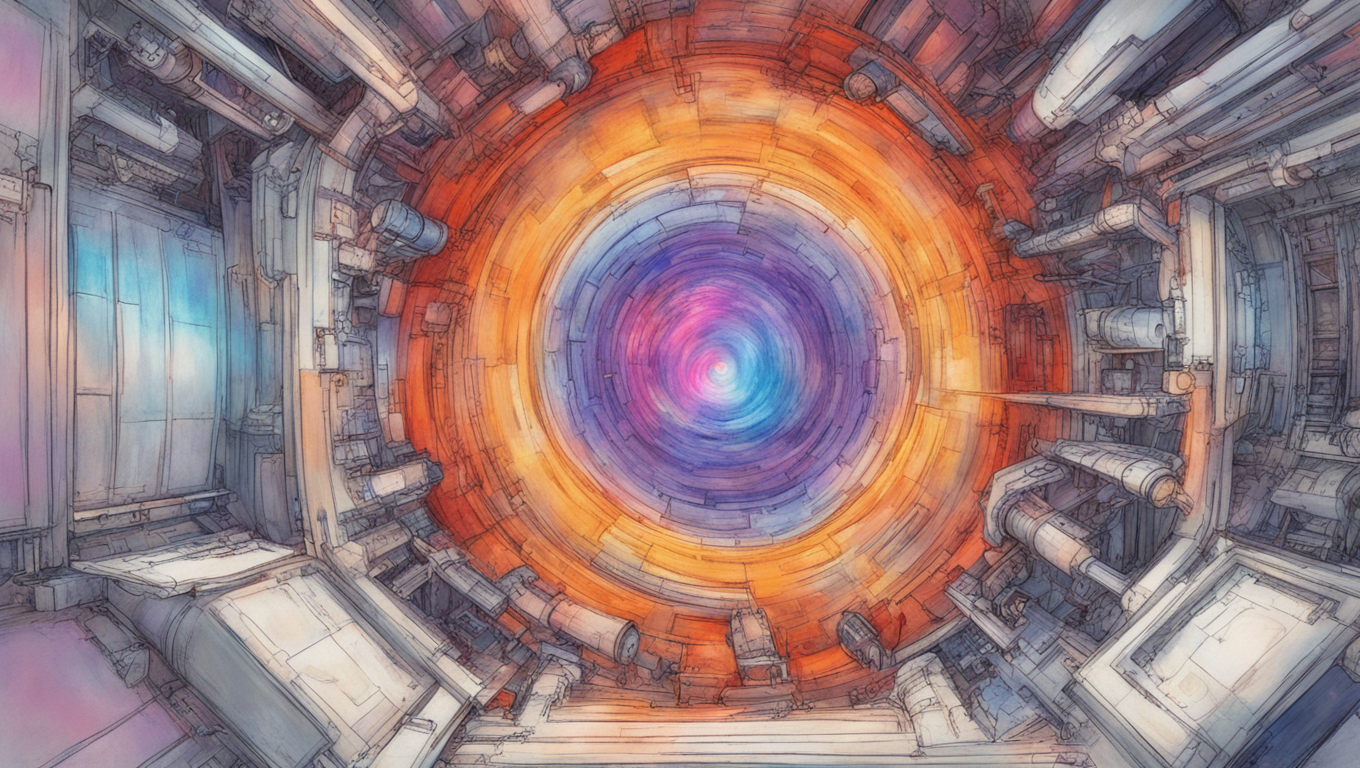In a breakthrough discovery, scientists at Princeton University have successfully utilized artificial intelligence (AI) to predict and prevent instabilities in nuclear fusion reactions, paving the way for the production of limitless clean energy. Nuclear fusion has long been touted as the “holy grail” of clean energy due to its potential to generate massive amounts of energy without relying on fossil fuels or producing harmful waste.
Though nuclear fusion mirrors the natural reactions that occur within the Sun, harnessing this energy source has proven to be a formidable challenge. However, in 2022, a team at the Lawrence Livermore National Laboratory achieved a significant milestone by achieving the first-ever net energy gain with nuclear fusion, meaning they produced more energy than was input into the reaction, albeit in a minuscule amount – roughly enough to boil a kettle.
Now, the team at Princeton has accomplished another critical step forward. By employing an AI model, they were able to detect plasma instabilities 300 milliseconds before they occurred, providing enough time to make adjustments and maintain control over the plasma. This breakthrough allows for real-time adjustments during a fusion reaction, bringing us closer to the large-scale adoption of nuclear fusion energy.
According to Egemen Kolemen, the research leader and physicist at the Princeton Plasma Physics Laboratory where the breakthrough occurred, the AI was able to develop a final control policy that supported a stable and high-powered plasma regime by learning from past experiments rather than relying solely on physics-based models. This shift from passive approaches to proactive prediction has significant implications for the future of nuclear fusion energy.
SanKyeun Kim, a co-author of the study, explains that the ability to predict instabilities before they occur eliminates the need for reactive measures, allowing for smoother and more efficient operation. This breakthrough offers promise for the development of more sophisticated and practical methods for running fusion reactions in the future.
The success of this AI-based approach is documented in a paper titled “Avoiding fusion plasma tearing instability with deep reinforcement learning,” published in the scientific journal Nature. With this knowledge in hand, researchers are optimistic about the potential for widespread implementation of nuclear fusion energy on the grid scale.
As we move forward into a future where clean and sustainable energy sources are of utmost importance, breakthroughs in scientific research and the application of AI will undoubtedly play a pivotal role. The ability to predict and prevent instabilities in nuclear fusion reactions brings us one step closer to unlocking the limitless clean energy potential that fusion offers. The work done by the team at Princeton University is a testament to the power of human ingenuity and technological innovation in addressing the world’s most pressing challenges.





Use the share button below if you liked it.